Here's How to Respond to an Introduction Email
Here's how to respond to an email introduction. Employers frequently use email to communicate with and introduce themselves to prospective employees. It's beneficial to know how to answer professionally and with politeness when you receive an introductory email.
Responding appropriately to an email introduction can demonstrate your professionalism and demonstrate to companies your qualifications as a candidate.
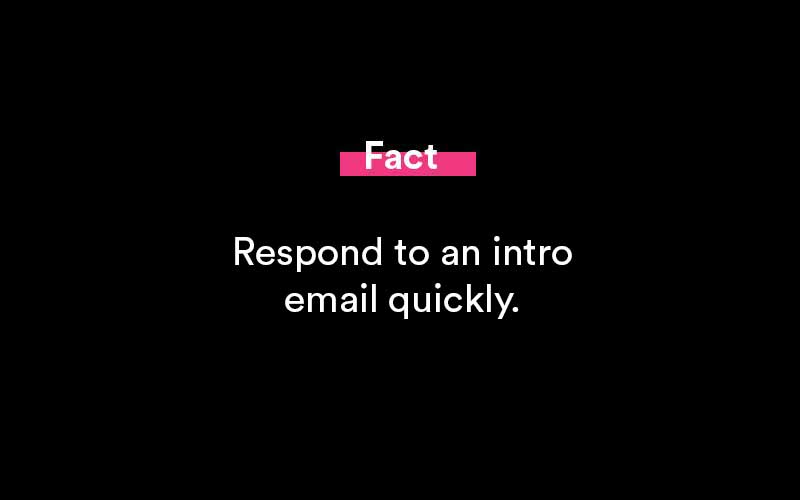
What is the purpose of an email introduction?
An email introduction is a message that initiates contact between two individuals. They are commonly used by professionals in the business world to establish new ties and networks. Employers also use introduction emails to introduce themselves to prospective workers and invite them to apply for open positions at their organization.
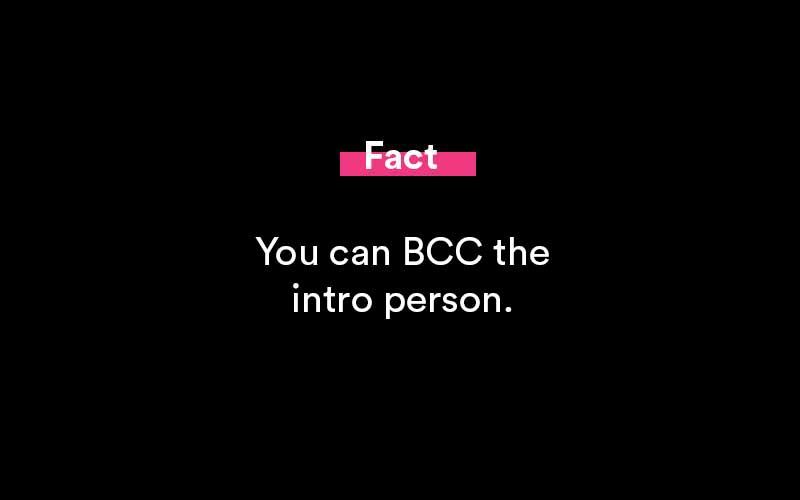
Employers may send an introduction email if they come across an online profile of a candidate who meets the employer's requirements for qualifications and experience.
Additionally, you can use introduction emails to contact firms where you wish to work to inquire about open openings and familiarize yourself with your name.
Introductions to emails in various formats
Several various types of email introductions you might receive include the following:
Job hunting
Employers and potential new workers are connected via a job search email. When an employer is looking to fill a position fast, they may reach out via job search email to introduce themselves and their firm. Additionally, you can send a job search introduction email to a company with whom you are interested in working.
Networking
A networking email introduces the sender through establishing a professional rapport with the recipient. Professionals that want to interact with other professionals might utilize networking emails to expand their business network.
Professionals can also utilize networking emails to connect with others in related fields in order to broaden their network into new sectors of business.
Sales
A sales email solicits the recipient's business by inviting them to purchase a product or service. If a salesperson wishes to expand their customer base, they may send a sales email. Sales emails often employ polite language to introduce the seller and product to the potential buyer.
Vendor/Client
A vendor email is used to introduce a potential new customer to a vendor who is already familiar to the sender. Vendor emails can be beneficial for networking and sales, as the email's ultimate purpose is to generate business between the vendor and a new customer.
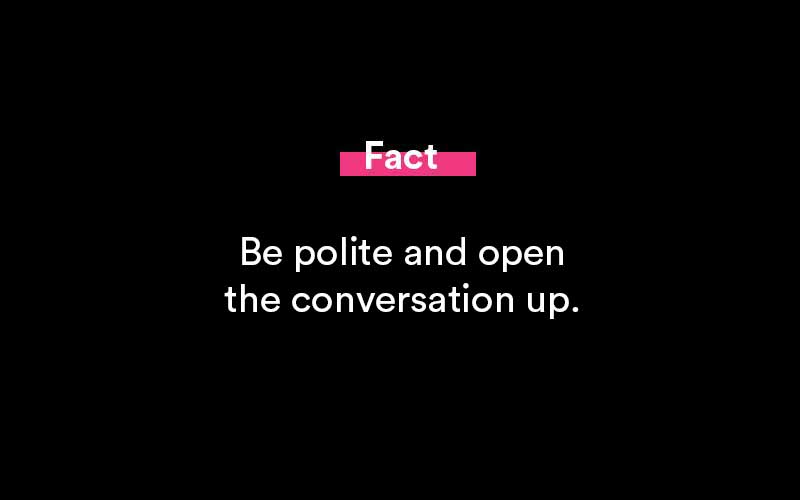
Team members of a remote project
A remote project team email serves as an introduction to the members of a team that operates remotely from various locations. A team leader can send an email to their remote team in order to establish communication between individuals who work together but have never met in person.
Tips on proper email etiquette
By following correct email etiquette, you can make your response to an introduction email appear professional and inviting, which may encourage the sender to continue the conversation.
Some helpful hints for writing your response include the following:
Prompt a follow-up
Send a response as quickly as possible to demonstrate your appreciation for the sender's time. It is best to react to the introduction email within 24 hours of receiving it.
Personalize your response
Ensure that your response to the email is unique, rather than using a template or boilerplate. This might add individuality to your response and demonstrate to the sender that you're committed to engaging with them.
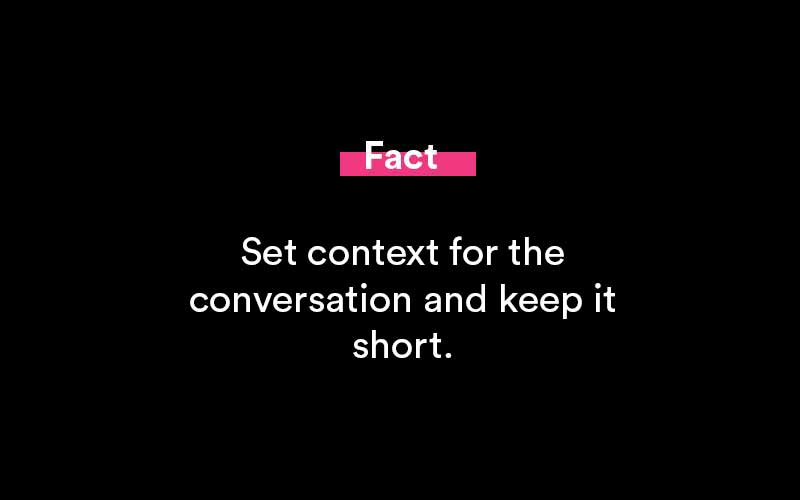
Create genuine interest
Include a statement confirming your interest in the company or position about which the sender is emailing. This may increase your chances of being regarded as a candidate since you make it plain that you are interested in working for the organization.
Convey appreciation
In your response, include the word "thank you" to demonstrate your appreciation for the sender introducing themselves to you. This deed lays the groundwork for personable dialogue and mutual respect.
How to respond to an introduction via email (steps to follow)
Following are some guidelines for responding to an email introduction:
Introduce yourself to the sender
Begin your email with a salutation, such as "Dear," followed by the sender's name. By personally acknowledging the sender of the introduction email, you can establish a conversational tone and demonstrate that you recall their name.
Express gratitude to the sender
Utilize the opening line of your introduction email to express gratitude to the sender. This can be as straightforward as "Thank you for the email" or "Thank you for contacting us." Expressing gratitude instantly in response helps emphasize your civility and convey your appreciation for their message.
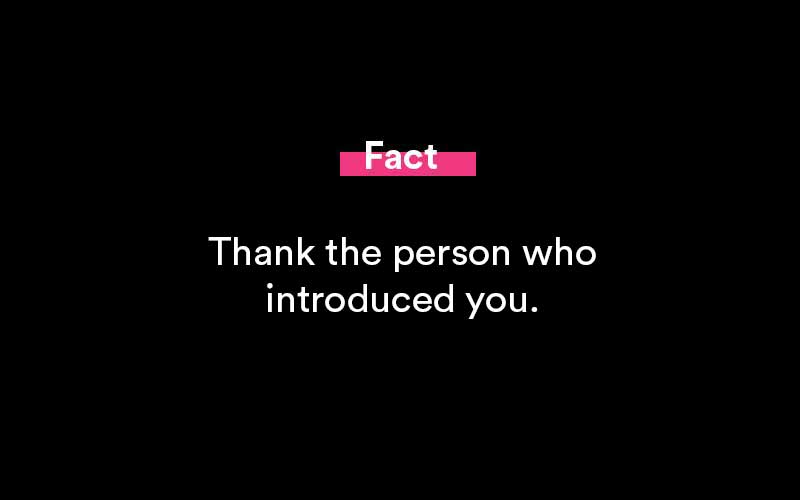
Demonstrate interest
Mention your interest in the business or organization from which the email was sent. If you're responding to an inquiry about a specific post, you may also include a line or two explaining why the position excites you or why you believe you'd be a good fit for the role.
Inquire for additional information
Inquire about the position or firm about which the sender is writing. By requesting additional information, you invite the sender to continue the conversation and demonstrate your interest in the information provided in their initial introduction email.
Create a subject line for your email
Create a new subject line for your email that is distinct from the one in the introduction email you got. Creating your own subject line demonstrates that you've taken the time to create a whole email and addressed every point made by the sender. The subject line might say "Thank you for the introduction" or "In response to your introduction."
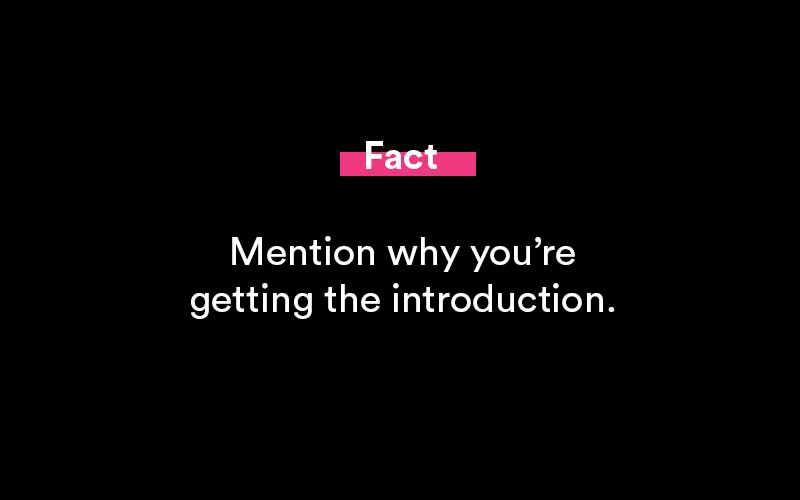
Make sure to have a professional signature
Finish the email with a signature that includes a sign-off phrase such as "best" or "cheers" and your name and contact information. Include your phone number, email address, and any other information that may assist the sender in contacting you further. A signature concludes an email and indicates that it is complete, while also providing other alternatives for continuing the conversation.
Double-check your email for errors
Reread your email response to ensure that it sounds the way you intend it to and that the writing is clear. Additionally, you can use this moment to check for typos, spelling errors, or any other phrasing that needs to be revised. Before sending an email, proofreading it ensures that it contains the correct information and is written professionally.
How to respond to an introduction email (examples)
The following are some sample responses to introductory emails:
Example 1:
A response to an email introducing a job search
Email subject line: Replying to your introduction.
Hi Mrs. Anderson,
Appreciate you making the connection.
I was overjoyed to hear from you regarding the marketing associate position at Jackson Advertising and believe that my five years of marketing experience will benefit your organization. I admire the work you do and would relish the opportunity to join your team.
Kindly email me any extra information you have regarding the position and feel free to contact me with any queries you may have.
Looking forward to hearing back from you.
Best,
Melissa Amery can be reached at (644) 718-8444 or via email at [email protected]
Example 2:
A response to an email sent to a networking contact
Email subject line: Regarding the introduction
How are you, Mr. Smith?
We appreciate your time in introducing yourself and your organization, Bolo Industries. I was also pleased to learn that you are familiar with my company, Flashlight Productions.
I believe that collaborating will benefit both of our businesses, and I would be interested in negotiating cooperation for my future project.
Kindly notify me if you have any suggestions for how we might interact more effectively. Perhaps in the coming weeks, we can arrange a conversation to discuss our next steps.
Cheers,
Melissa
(644) 718-8444
How soon should you reply to an email introduction?
Respond promptly, when possible. Send a response as quickly as possible to demonstrate your appreciation for the sender's time. It is best to react to the introduction email within 24 hours of receiving it.
How should I respond to LinkedIn or other introductions?
The following is the formula that should be used. Begin by expressing gratitude to the person who introduced me and complimenting them, for example, "Thank you Jennifer for introducing me to John; you have always introduced me to excellent individuals." This is a very authentic remark, as Jennifer is constantly doing this. Compliment them on something they did not do, or the complement will appear phony. Make a very authentic statement.
What's the proper email etiquette for using BCC?
The proper email introduction response etiquette is to include the sender's name in the blind carbon copy (bcc) and to reply to everyone with your message. By including their name in the bcc line, they will receive your response but will not receive future messages from the other party.
Should I respond with a template or use my own voice?
Always use your own voice. It's perfectly fine to use a template. Use it as a guide, rather than a reply template. Say thank you to the person who made the introduction. Then start speaking to the person introduced in the email thread. If this is a professional email, ensure that you're using a professional tone. Or that you use formal email writing style.
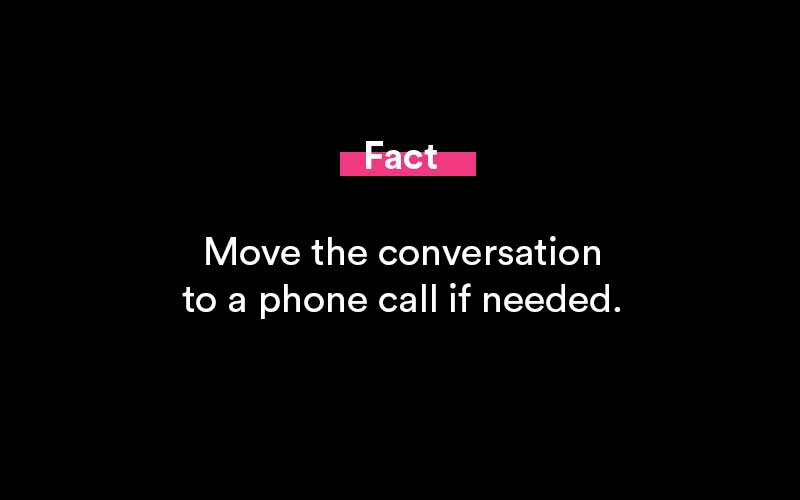
Popular Resources

Featured
35+ Phone Interview Questions & Best Sample Answers
Phone interviews have become a core part of the process when attempting to find a secured placement for an open position. Companies receive massive responses from potential candidates for any..

Featured
12+ Best Questions To Ask A Recruiter
Concerning a job search, you might receive numerous offers from your recruiters. Before you choose one, you need to assess all the conditions, for which it is vital that you know everything associated with the offered position..

Featured
Answering "What Makes You Unique" In A Job Interview
Answering this question during a job interview requires more than knowing why you are unique as an individual. Yes, the true scientific answer is made up of two main components: your..

Featured
250+ Ice Breaker Questions for Life
An ice breaker question is a question that’s asked from one person to another person in order to act as a conversation starter. It brings a connection...

Featured
10 Best Answers to "What Motivates You?"
Open-ended questions like “What motivates you?” can elicit a deer-in-the-headlights reaction from job candidates if they are unprepared. It’s a broad question and can leave the interviewer..

Featured
Answering "How Did You Hear About This Position" In An Interview
A lot of interviewers ask this question - how did you hear about this position? This way they can judge you if you are a passive or an active job seeker..

Featured
8 Best Thank You Emails After an Interview (Samples, Free Templates)
Writing a thank you note after an interview says a lot about you as a potential employee. Most notably, it says that you care about the opportunities presented..

Featured
Writing a Resignation Letter (How To Write It, Samples)
Writing the perfect letter of resignation is more of an art than it is a science. And we’re going to cover how to master that art form in this full guide..

Featured
How to End a Letter (Example Salutations, Sign Off's)
Knowing how to end a business note or email is an important skill to develop. It helps portray a sense of confidence, respect and tone to your message..
